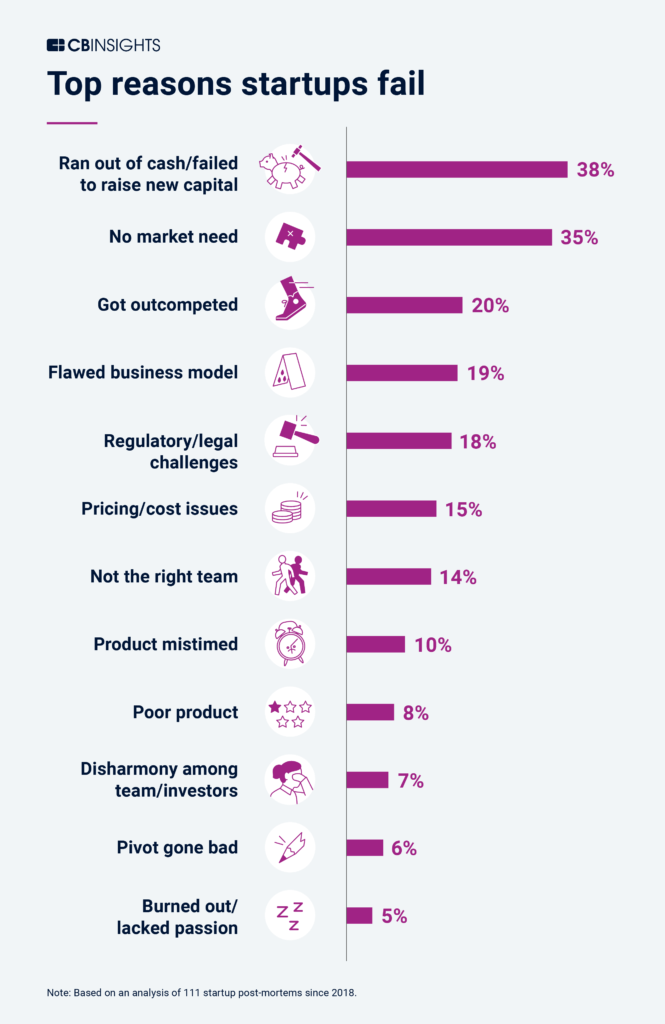

It’s like, you’re not going to work like that because there are so many things that will change in a project. Particularly systems where you create a huge monolithic plan that generates a massive schedule for users to basically try and start to implement. Prialto: Another thing I find is that a lot of project management systems don’t reflect a project's current reality.

To them it should look just like a big board with tasks and lists, that’s it.įigure 1. Breeze sample Kanban board. Honestly, the user shouldn’t even have to know anything about Kanban. But it should be super easy and simple to use.

Having experienced that, we concluded that we need something much simpler that still uses the Kanban system. You need a separate person who manages the system so that the other people can just use it on a daily basis. Rene Vahtel : Coming from software development, the project management systems are really, really complicated. Prialto: What initially drew you to working with Kanban? We recently had a chance to catch up with Rene Vahtel, CEO of Kanban-based Breeze.pm project management software, to pick his brain on the virtues of Kanban systems and to get some tips to adapting Kanban to teams that are physically distributed. If the word is drawing a blank, you might want to flash back to our introductory Kanban post, which delves into the hows and whys of this simple but effect and highly visual project-management method. " Kanban" - Japanese for “visual signal” or “card” - are card- and column-based project management systems that offer a convenient way to keep teams abreast of a project's status, from initial design to final deliverables.


 0 kommentar(er)
0 kommentar(er)
